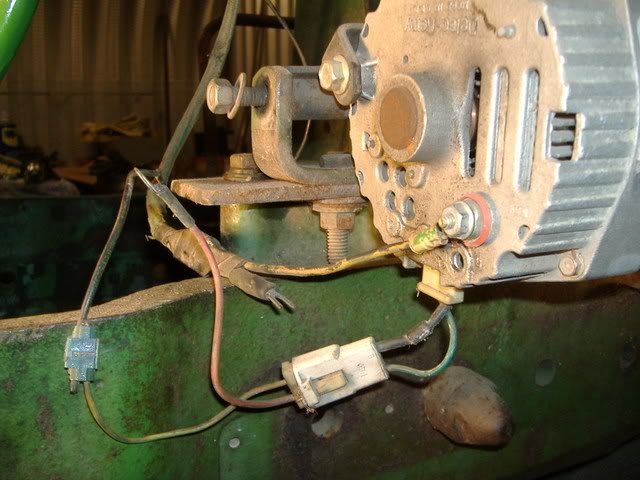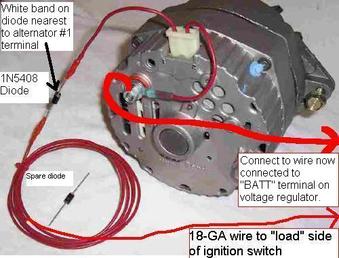super99
Well-known Member
I need some help here. When I tore the Jd 70 down, I took pictures of everything and how it was hooked up so I could just look at pictures and make sure it went back together right. Good idea except the computer got struck by lightning and I lost all the pictures. I am hooking the wiring back up. I think the red wire is not hooked to anything, just taped over. It's a Delco alternator. Anybody know for sure? The wire taped to the yellow wire is dead, leftover from the generator. Just not positive about the red wire. It's hooked into the green wire in the connector, is it a ground wire? Any help appreciated. Chris




